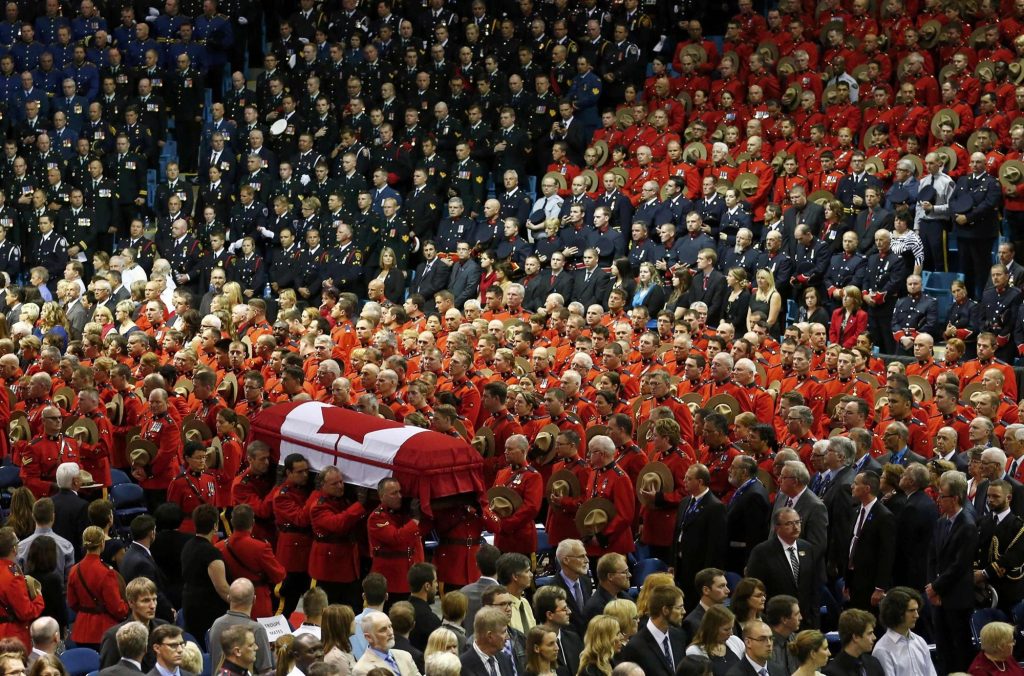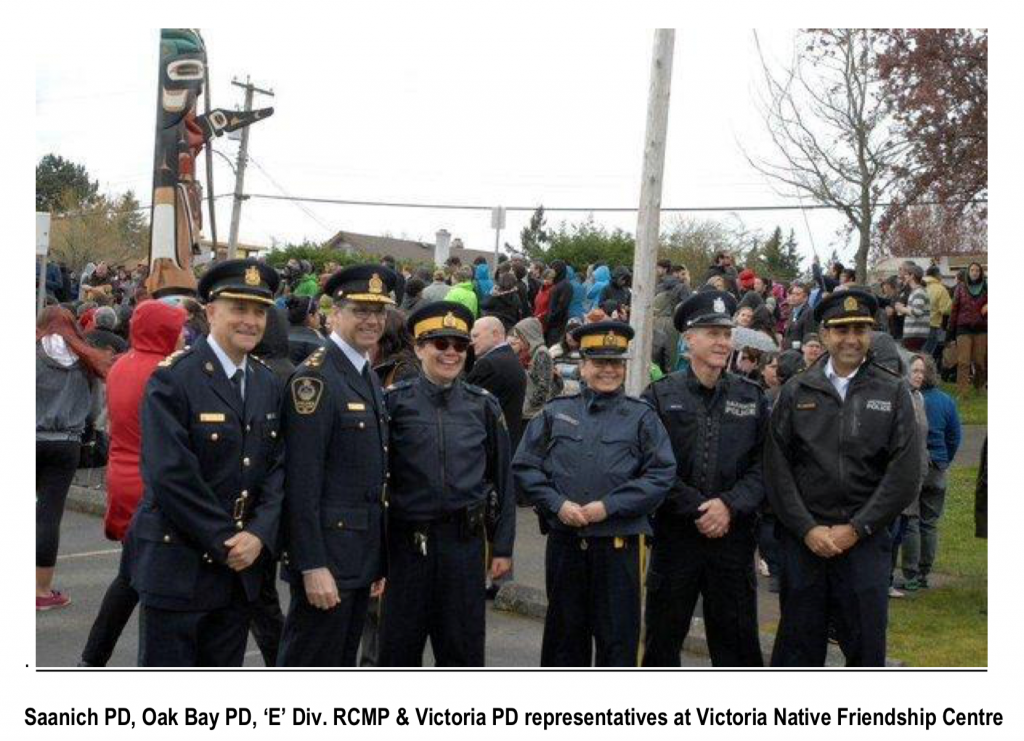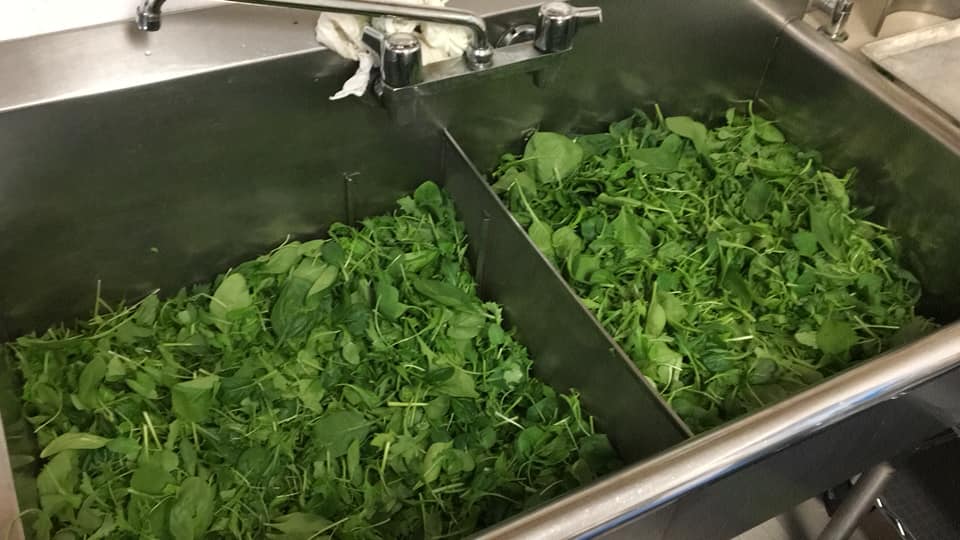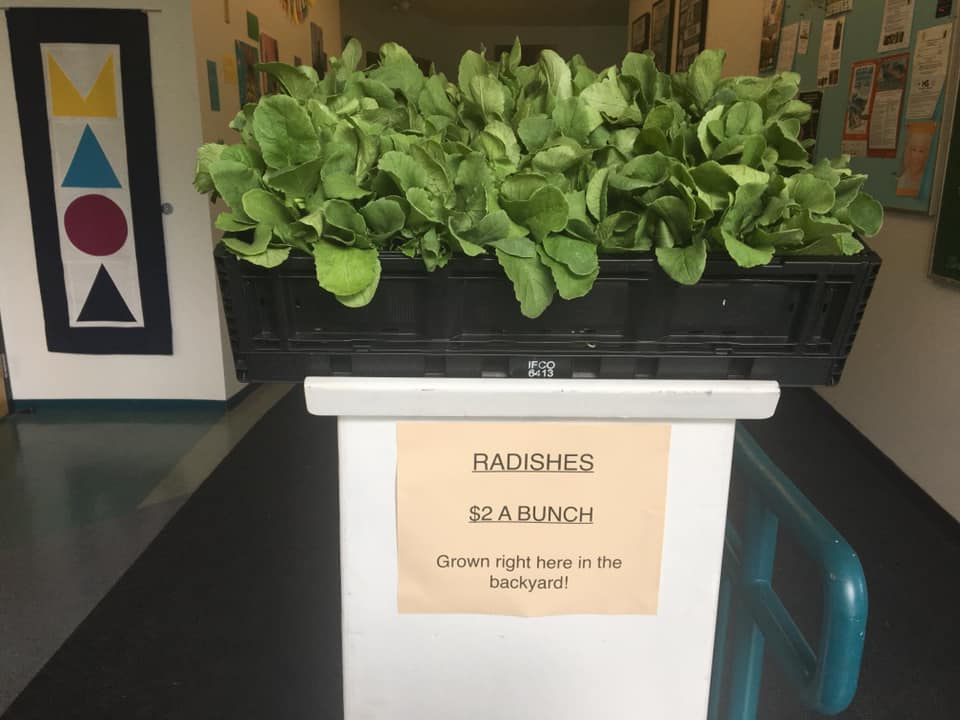Author Archive
The SNC Lavalin Affair

The Greens, NDP, and Liberals hold the keys to our fight on climate change. They can either turn those keys together or they will turn our future over to those who have no interest in making the hard decisions that must be made.
SNC Lavalin and the Future of Canada
Opinions have flowed like water over Niagara Falls following the recent Ethics Commissioner’s ruling on the SNC Lavalin. As expected, opposition parties are rubbing their hands with glee, while the Prime Minister and Liberals consider the best course of action as we march towards the next election. Such is life in the arena of politics.
While there is plenty of room to criticize all parties and politicians, few take the time to consider the issues in the broader context of how things get done in a democracy. To those politicians, I suggest, “don’t rush to judgment,” on the SNC Lavalin affair or any other for that matter, you to could one day be sitting in the hot seat. Heaven knows, our former Prime Minister, Stephen Harper, sat in that hot seat often enough and, in his own way, he was pretty good even if I didn’t like him or most of his “fight everything with harsh new laws,” stance. (1)
(286)
Changing the way police do business (Part I)
I don’t think anything demonstrates the solidarity of police officers more than when attending the funeral of a comrade killed in the line of duty. This photo, taken in Moncton in 2014, captures the essence as officers from across Canada and around the world bid farewell to Constables Fabrice Georges Gevaudan, 45, David Joseph Ross, 32, and Douglas James Larche, 40, killed during a shooting spree.
The shields of Central Saanich, Oak Bay, RCMP, Saanich, and Victoria represent the ideals of comrades in arms.
Part II, Comparing differing police cultures
Part III, The past as a guide to the future
Part IV The integration of police services
Link to CBC Podcast: Policing in the CRD
Contact: Harold@mcneillifestories.com
This series of posts will explore some of the past, present, and possible future directions of policing within the Capital Region. It will include discussions about differing police cultures, how they clash and how they work together; and, of course, thoughts about amalgamation, a topic frequently thrust into the public eye.
The Victoria/Esquimalt joint force will be singled out for additional scrutiny, as over the past sixteen years the debate about that merger is also kept in the public eye. While the administrators of the joint force often use the challenges they face as a bargaining chip, it is also used by others to advance an ideological purpose as in a recent letter penned by the President of the Greater Victoria Chamber of Commerce. (1)
Although the post will deal with sensitive areas of police work and police personality, I steadfastly maintain police officers in the CRD and across Canada, are among the very best in the world. Corruption is not a part of our police culture and while it was present in the last century, it was rooted out and systems put in place to ensure it did not return.
When Canadian police officers swear their Oath of Office, they take that oath to heart. What is sometimes lacking is solid, independent oversight of the sort that provides an unbiased assessment of police actions when those actions are called into question be they external or internal.
Also, in press articles, when references are made to ‘dysfunction’ or ‘a broken system’ by the press or others, they are overstating their case. While the challenges to be addressed are difficult, those challenges do not stop our police officers from maintaining an even-handed approach in enforcing the law and helping citizens within our largely peaceful communities.
Part 1: Police solidarity and the push for amalgamation
(590)
Changing the way police do business (Part II)
As in society, diversity within the police is all about being Canadian. The opportunities provided by working together in a common purpose, while recognizing and encouraging individuality, far exceeds any gains that might be made by forcing everyone to follow the same path.
Part I, Police solidarity and the push for amalgamation.
Part III, The past as a guide to the future
Part IV The integration of police services
Link to CBC Podcast: Policing in the CRD
Contact: Harold@mcneillifestories.com
(When reading this series it is recommended you start with Part I as each part builds towards the next.)
December 23, 2021: A recent report titled THE MENTAL HEALTH AND WELL-BEING OF SWORN OFFICERS AND CIVILIANS IN THE VICTORIA, BRITISH COLUMBIA POLICE DEPARTMENT, is linked in this CTV News Report.
The full report bears directly on the substance of that which is discussed in the following article and it matters not which you read first. The substance of the two articles is linked.
The main difference between the two is how and when the challenges will be addressed. An existing danger in letting this tragic state of affairs continue is that at some point the dam will burst and if the points in this most recent report are accepted, that point is near.
PART II Comparing Differing Police Cultures
Originally, I intended to move directly to the process of implementing change within and between police departments but decided it was first necessary to compare and contrast the differing organizational philosophies that underpin each.
In Part I, it was posited that over their history, Oak Bay, Saanich, and Central Saanich have come to share a similar policing style. Victoria and Esquimalt, even before the merger in 2003, developed a very different style. The RCMP in the West Shore, North Saanich, and Sidney, being part of a national organization, have followed a path quite distinct from their municipal counterparts.
This part of the series will delve into the historical specifics of those differences as well as the positive and negative effects this has on each agency in the present day.
The history and process of implementing change will now be set over to Part III.
3. Introduction:
Within the CRD, a large part of the difference between departments is revealed in the historical events that shaped each. From the early 1960s to the present day leadership made all the difference. If leaders 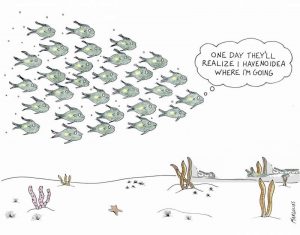 nurtured the development of other leaders, they progressed, if they tended towards a command and control style, progress was slowed.
nurtured the development of other leaders, they progressed, if they tended towards a command and control style, progress was slowed.
While there are a time and place for Command and control leaders (times of crisis, etc.) they do tend to favour subordinates who follow rather than lead. Innovative, forward-thinking leaders, on the other hand, tend to encourage subordinates to take on leadership roles, the type of person willing to explore new ways of doing things. Until the 1960s, most police departments followed the Military/RCMP model of command and control, but over the decades since, many have moved towards a more progressive style.
It is also clear, the larger a police force becomes, the further leadership is removed from contact with the rank and file. In a heavily weighted, top-down system, leadership can lose sight of what is happening within the lower ranks. This is clearly a large part of the challenge faced by the RCMP in the current day and one reason behind that recent billion-dollar settlement with rank and file members.
To gain a better understanding of how we reached this point, and why some of the challenges seem intractable, take a few minutes to read Footnote (1), A Short History of Policing in the Capital Region. While reading, give some thought to the challenge of merging police forces that have evolved different leadership styles? Then, take a moment to think about private sector mergers and takeovers.
(436)
Changing the way police do business (Part III)
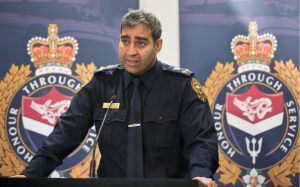
Chief Del Manak, VicPD. A good man caught between a department with a problematic past, and a future filled with uncertainty. One thing is certain, the future will be filled with change whether it comes by choice, by chance, or by force. All police agencies have a choice, they can either resist or they can embrace!
Part I, Police solidarity and the push for amalgamation.
Part II, Comparing differing police cultures
Part IV The integration of police services
Link to CBC Podcast: Policing in the CRD
Contact: harold@mcneillifestories.com
(When reading this series it is recommended you start with Part I as each part builds towards the next.)
Part III The past as a guide to the future
4. Introduction.
No matter what the future brings, in police budget discussions money is seldom the real issue. In this, you can rest assured every medium and large department across Canada fritter away hundreds of millions of dollars each year. They do so by maintaining enforcement regimes that are next to useless in terms of utilizing the full value of highly trained and experienced police officers. What should stay, and what should go? These are the hard decisions that every police administrator must make and this can best be done by embracing the conflicts that come with change.
For small municipal departments and RCMP detachments, the issues are less critical as police members are generalists and, as such, their duties encompass the full spectrum of policing. They embrace the very essence of the Peelian Principles, where the Chief of the department might well end up on an emergency call with a Constable. However, the reality is, as departments grow in size through population expansion (e.g. the West Shore) or through amalgamation (e.g. Victoria/Esquimalt), the roles coalesce into increasingly specialized fields (e.g. patrol, traffic, administration, emergency response teams, detectives, with special units in fraud, homicide, robbery, cybercrimes, etc.).
Go to Toronto or look at their org chart, to get some sense of just how specialized they have become. Where is there room left to stay connected to Torontonians? (Toronto Org Chart, page 18ff). Scan the left two-thirds of the chart (Administrative and Corporate) then consider how much of the force is gobbled up by services that never touch the street! There is considerable literature indicating there is good evidence to suggest that “medium-sized police services (i.e. those policing about 50,000 inhabitants) are more successful in dealing with crime and operational costs than much larger regional services.” (link)
As discussed in an earlier part of this series, the efficiencies of size top out when departments service populations of around 50,000. What gets lost in the process of growing beyond that point is the ability to find the ways and means of staying connected to the community in positive ways (e.g. the quintessential beat cop, school and community liaison, etc.).
While some argue merging forces will reduce costs and improve efficiencies, all you need do is make a quick estimate of the current costs of policing in the city and municipal forces across Canada (large and small) to see that isn’t true.
You can do a rough check by multiplying the number of sworn members by $200,000. By doing that, you will arrive at a number that is within +/- 10%, of the posted budget of every police department, in Canada. The $200,000 figure was taken from the GTA (Greater Toronto PD) as that is one of the largest city amalgamations of police in Canada and if amalgamation produces efficiencies of scale, Toronto should be the most efficient and cost-effective in Canada. It is far from being either. Their budget is now $1 billion for 5000 sworn officers. Of course, there will be outliers in these figures, as that is true on every bell curve of many samples. Footnote 1, provides the calculations for policing budgets in BC and select cities across Canada.
While most police dollars are effectively spent, you need only explore traffic law enforcement to see how waste is built into the system. In general, police forces across Canada typically over-enforce traffic laws in ineffective ways and under-enforce in effective ways. While some provinces, cities, and towns are taking steps to correct this anomaly, progress is slow. The challenge of traffic enforcement will be more fully explored later in this article.
Part of the reason for the slow progress lies in the ideological, but the major portion remains in the form of resistance to change as exhibited by police administrators and unions alike. Medium and large police forces, like every other large enforcement agency (e.g. CSIS, CBSA, RCMP), work hard at building the size of their organization as the prime means of meeting challenges, rather than looking for effective ways of making them smaller and more effective.
This part of the series explores these matters both historically and in the present day. While the focus will be on the CRD and British Columbia, similar considerations apply across Canada.
(376)
Changing the way police do business (Part IV)
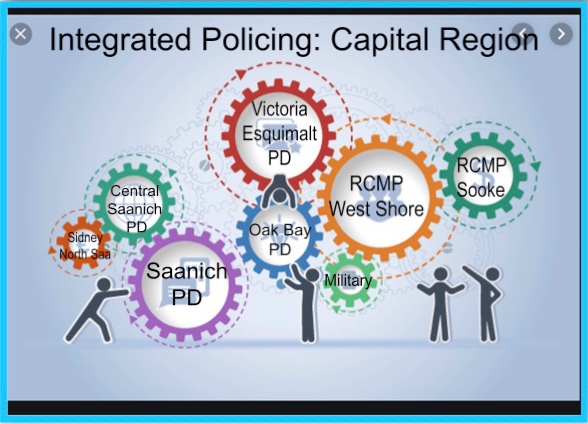
Your police forces work cooperatively to provide the best service possible. Locally, across the nation, and around the world integration is the best model to follow in terms of bringing together the disparate parts of policing in common purpose.
Part I. Police solidarity and the push for amalgamation
Part II, Comparing differing police cultures
Part III, The past as a guide to the future
Link to CBC Podcast: Policing in the CRD
Part IV: Integration vs Amalgamation
1. Introduction
By the time you’ve reached this part, and assuming you read the first three parts, you may understand why amalgamating police forces is likely the biggest mistake that could be made in terms of addressing modern-day policing challenges in the Capital Region. While amalgamation seems intuitively reasonable, those who promote the idea do not take into account the powerful forces at play even in organizations as similar as the police agencies within the Captial Region.
Take the banking system as an example. Would anyone think it reasonable to merge banks into one as serving the best interests of the people in Greater Victoria? In terms of function, the police are no different than a bank, in that they perform an essential public service within an ever-expanding circle from local to national and international.
To function at their best, each constituent part must work at integrating their system into the whole, one that maximizes not only their ability to solve internal challenges but, at the same time, expanding their ability to work together in common purpose. That is were integration outpaces amalgamation.
Even a partial merger, say that of Victoria and Saanich, would be immensely difficult and extremely damaging to both forces. While VicPD may gain an increase in staffing levels, as they did in with Esquimalt merger, the underlying issues facing VicPD could very well be exacerbated. You might simply have a larger force with the same problems. In side-discussions with persons whose opinions I trust, I rather think that has happened in areas where moderate and large scale amalgamations have taken place.
The beautiful thing about integration is that it allows each police agency to maintain an individual identity, while at the same time fully participating and cooperating as a part of the whole.
Across the Capital Region, throughout B.C., and across Canada, integration has become the modern, forward-looking way of bringing disparate police forces, as well as other emergency service providers and community groups, together in common purpose. By doing this, no one group dominates the whole.
The contrary happens with amalgamation. First, you amalgamate, then you must try to divide the whole into equitable parts. That is what the former Victoria Chief Constable (Jamie Graham) proposed with his “Four District” plan as outlined in Part II of this series (Section 6). The likely outcome? Only one culture would survive and that particular culture may not be the best. Perhaps, many discerned that in the VicPD/Esquimalt merger as expressed in this article in the Victoria News on March 13, 2019: Local powers say a regionalized police force needed for Greater Victoria: VicPD, Victoria, Esquimalt, and Grumpy Taxpayer$ argue for police amalgamation
This part of the series will explore the nature of integration in the Captial Region and how that integration is changing the face of policing as it was often practiced through much of the last century. It is a form of police merger the selects best practices and expands them to the entire region on a voluntary basis. For those who choose to withdraw and go it alone, it’s at their peril.
2. The Methods of Integration
(256)
First Nations Policing
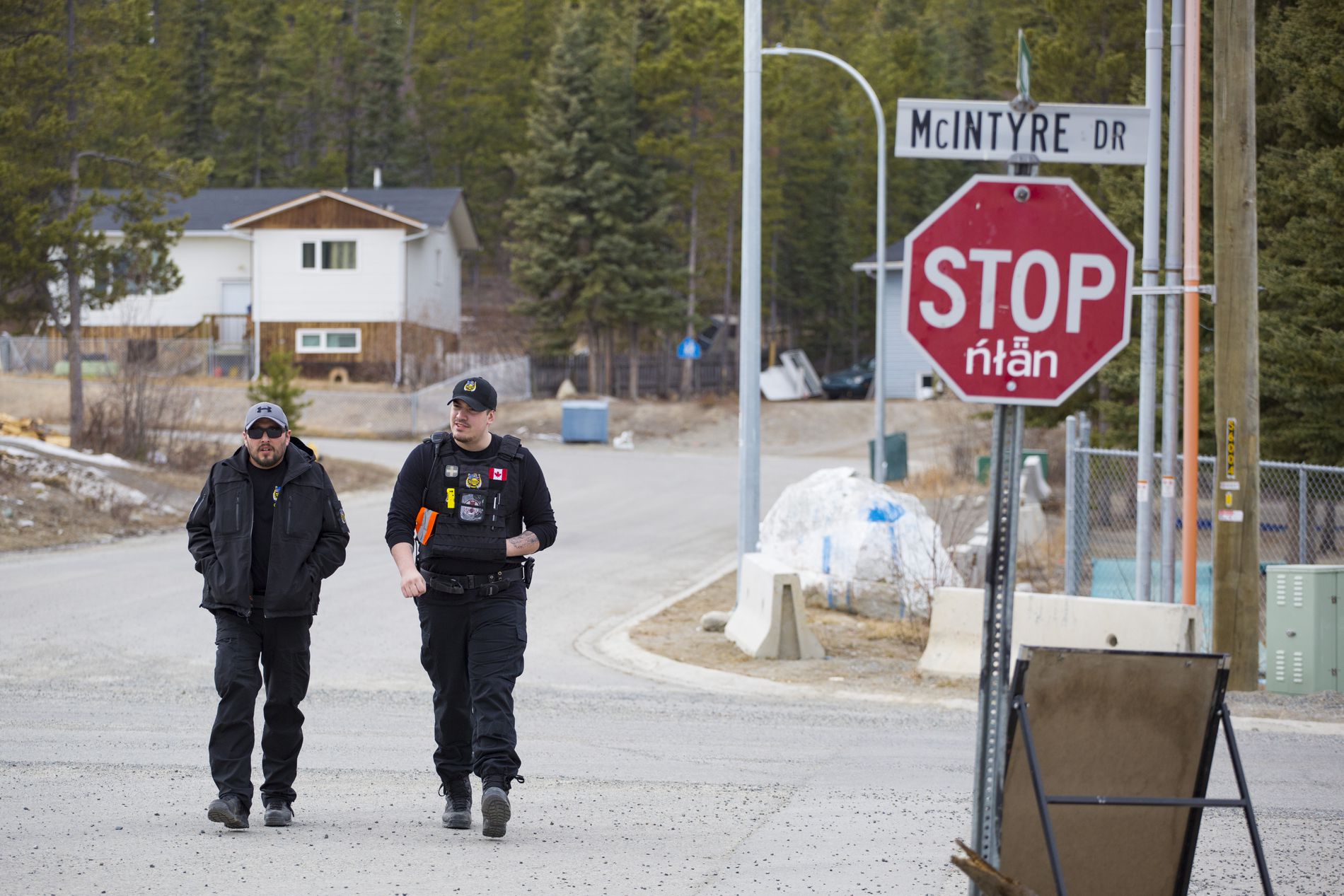 On June 24, 2019, a feature-length article appeared in the Globe and Mail,
On June 24, 2019, a feature-length article appeared in the Globe and Mail,
No Weapons, No Charges: A Yukon First Nation’s solution for keeping the peace.
This excerpt: “In Whitehorse, colonialism and crime have damaged the people of the Kwanlin Dun’s relationships with the RCMP and one another. Now, a pilot project is trying to do policing differently – earning trust and respect in the community, as well as national international attention.”
Back in the 1970s or 80s, while in the early mid-stage of my police career, I became heavily involved in promoting ‘community policing’ efforts both in Oak Bay and around the Province. At one point, I participated in several community policing workshops involving persons with various backgrounds searching for and promoting new ideas for policing. One idea that had surfaced, and seemed to hold considerable promise, became known as the “Indian Constable System”.
Following the seminar, I spent a few weeks researching the subject, then writing and distributing a paper summarizing the program. Because my interests weren’t directly related to policing First Nations lands, I never ended up doing any follow-up work. However, I did occasionally communicate with a few people who were involved, including one or two First Nations individuals who became police officers on their home reserves. Over the years, I simply lost track of how the program progressed until I read the above article in the Globe and Mail yesterday. The Globe article suggested this was a new concept.
In fact, the program in Whitehorse is almost an exact summary of that which was being researched and promoted back in the sixties and seventies. A Google search suggests that early impetus in community policing on First Nations lands and by First Nations members fell by the wayside. Neither did the search reveal any in depth information on the subject other than this summary from a BC Government Web Page:
“The province provides policing services in First Nations communities in rural areas or in First Nations communities in municipalities with populations up to 5,000. Municipalities with populations greater than 5,000 provide policing to First Nations located in their boundaries.
The Stl’atl’imx (Stat-la-mic) Tribal Police Service is the only First Nations administered police force in British Columbia. The Stl’atl’imx Tribal Police Service is a designated policing unit under the Police Act. It is like an independent municipal police department and has a police board comprised of community members.
Stl’atl’imx police are experienced officers or graduates of the Justice Institute of British Columbia. Its officers are appointed under the Police Act.
The First Nations Community Policing Services (FNCPS) program provides many First Nations communities across the province with police services. This enhanced local police service is provided by additional RCMP members who are familiar with First Nations’ cultures and traditions.
See First Nations Policing for more information.
This lack of information on Google suggests a program that held out great promise back in the mid-late part of the last century simply fell by the wayside. I wonder what happened that forty years later, we are now again just looking at this as being a program with great promise. I find it most perplexing and shall try and dig out that old paper and see what was actually being promoted so many years ago.
Harold McNeill
Oak Bay Police
Det/Sgt (retired – 1994)
(146)
The Mystery of the Missing Chromosome
What might have been
The Mystery of the Missing Chromosome (1)
I am fascinated by this photo taken by Kevin Pashuk at the Toronto Zoo and posted on Luminar. This Gorilla has such a pensive look as he wiles away the hours behind bars. I’m not sure what he did to get a life sentence (2), but it must have been something bad, otherwise, why would we lock him up?
What must he think as he looks out and considers those looking back as being only one chromosome short of being himself? What made them the way they are? What made them so insensitive and careless of others who inhabit the earth?
Perhaps, he thinks, if they don’t mend their ways, they will one day be gone, and he or his soul mates living in some remote, deep, dark, jungle may survive and again be free from an invasive species that once contaminated the earth.
How wasteful were that gifted species who, for some unknown reason, believed they had the right to dominate all other species simply because they were short-changed by one chromosome?
Harold
(1) Discover: There’s something fascinating about our chromosomes. We have 23 pairs. Chimpanzees and gorillas, our closest living relatives, have 24. If you come to these facts cold, you might think this represented an existential crisis for evolutionary biologists. If we do indeed descend from a common ancestor with great apes, then our ancestors must have lost a pair after our lineage branched off, some six million years ago. How on Earth could we just give up an entire chromosome?
(2) As for this comment about a life sentence, over a thirty-year career, I managed to help lock away a number of people a few of which are still serving life sentences. Their release will likely come to an end only when they die. That is the same fate that will likely face that poor chap in the Toronto Zoo.
(268)
Access Acres: Garden Fresh Vegetables
Access Acres, 1720 McTavish Road
North Saanich, BC
Photo: Four, forty-foot rows of salad greens (Spinach, Arugula, Mizuna, Tatsoi) are now ready for market, and one row of rapidly growing radishes about two weeks away.
Andrew Dunn, a long time friend of the family, has undertaken a major vegetable growing operation on the lower acreage at the McTavish Academy of Art, 1720 McTavish Road. The first crop is being cut, washed and bagged as a ready to use salad mix. Much more on the way as summer progresses.
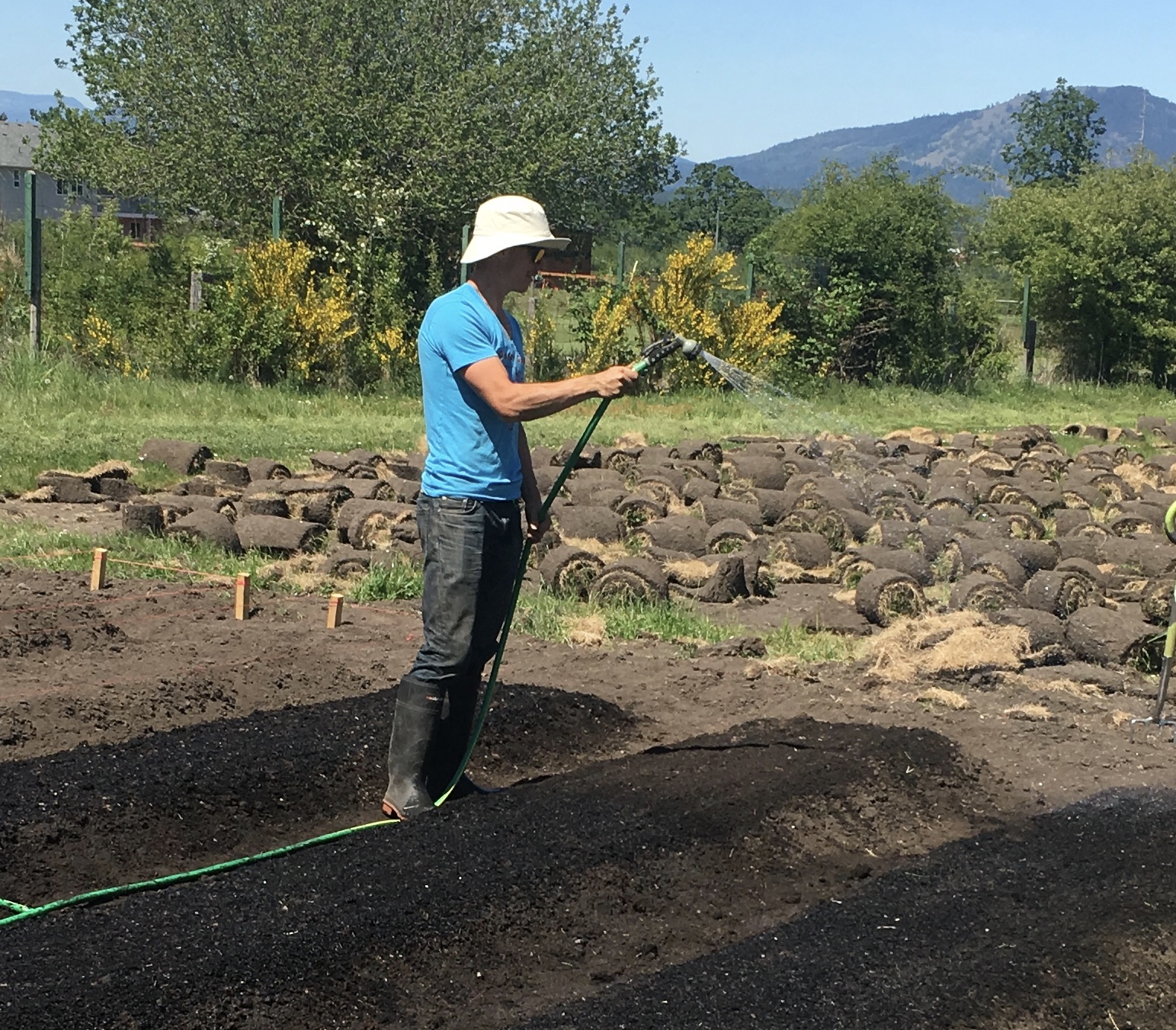
Photo: Andrew preparing five more rows of carrots and other veggies. In the background, another plot is in progress.
Much of the product will be sold daily at the Academy, to family, friends, and visitors. The fresh produce will be on display at the front entrance, and in the near future, a stand will be built at the edge of the front parking lot where customers can drive in and purchase at their convenience.
For immediate neighbours of the McNeill family in Royal Oak (Leney/Viaduct East), we will bring batches home for drop off if you are interested. Contact me on my cell 250-889-1033. I will be dropping off samples for a taste test and I guarantee you will not be disappointed.
Each sale helps as this young entrepreneur, an avid gardener, works to develop a sustainable business. Drop by anytime and have a look at his operation and chat about his plans for the future. You will be impressed.
Harold (250-889-1033)
Like Andrews FB Page for Access Acres
Fresh Veggies grown, selected and prepared for
the market with loving care.
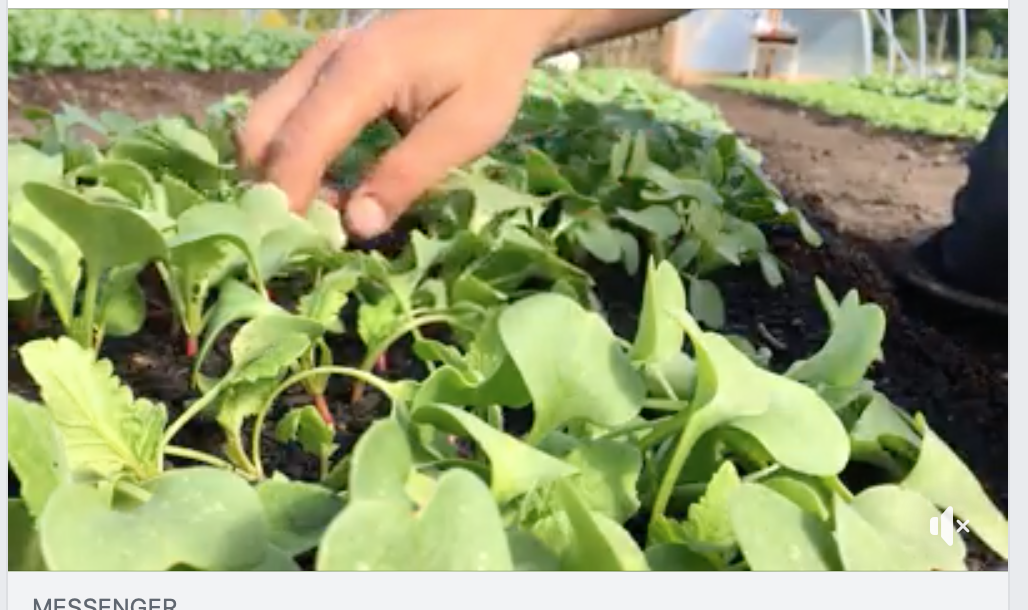
(164)

